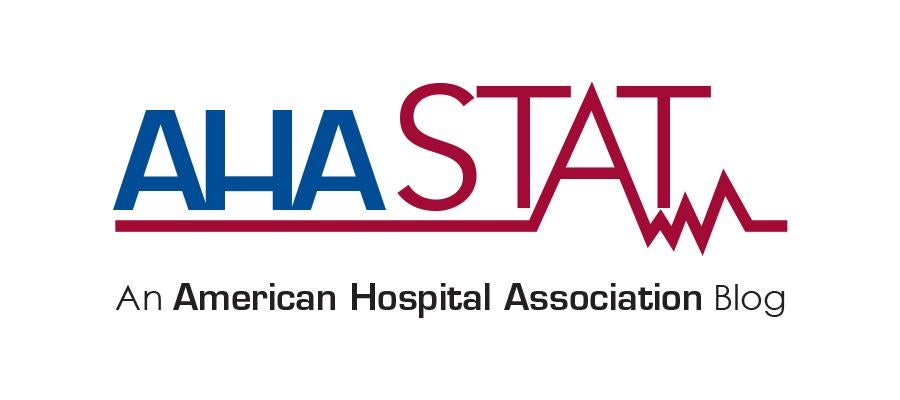Population health connects care with community

As health care leaders, we support our practitioners to care for one patient at a time. At the same time, we have always known—and are now building out the tools to understand better—that there are patterns of need, utilization, and intervention that are common across groups of individuals, and that influence whether and how people stay healthy or recover once they are faced with an illness. In addition, we know that our access to resources to meet our financial and social needs has an enormous impact on our health. And finally, we’ve known for a long time that the assets within the community in which we live impact all of us as individuals.
Population health is our understanding of this bigger picture so that ultimately, we can redesign health care services to recognize and intervene more automatically to address the common factors affecting health, and work in partnership in our communities to insure access to vital services and healthy environments.
While specific population health strategies will depend on the needs and resources of the local community and health system, AHA offers new resources and toolkits that identify the common elements in a successful approach.
Our videos, reports, white papers and learning modules—some produced in partnership with other health organizations—aim to advance health by providing education, professional development, resources and engagement opportunities in the two realms of population health: population health management and community well-being.
We are committed to supporting hospitals and health systems to continue their development of the foundational capabilities of population health:
- Better understanding of the populations they serve.
- Engaging in new partnerships to improve health for individuals and communities.
- Taking system-level action to improve health outcomes.
- Measuring the results of these interventions to sustain new models of care and partnership.
These ideas and others are fleshed out in more detail in our newly revised population health web pages, which will continue to expand as new resources become available. You can also find a new visualization map and a deeper explanation of our population health framework.
And if you happen to be more of an “ear” person, please give our recent podcast a listen—a discussion between me and my colleague, Somava Stout, vice president of the Institute for Healthcare Improvement, about how to think about building a population health strategy in your organization.
Ultimately, population health science and tools are about achieving AHA’s vision of a society of healthy communities, where all individuals reach their highest potential for health.
Nancy Myers is the AHA’s vice president of leadership and system innovation.

